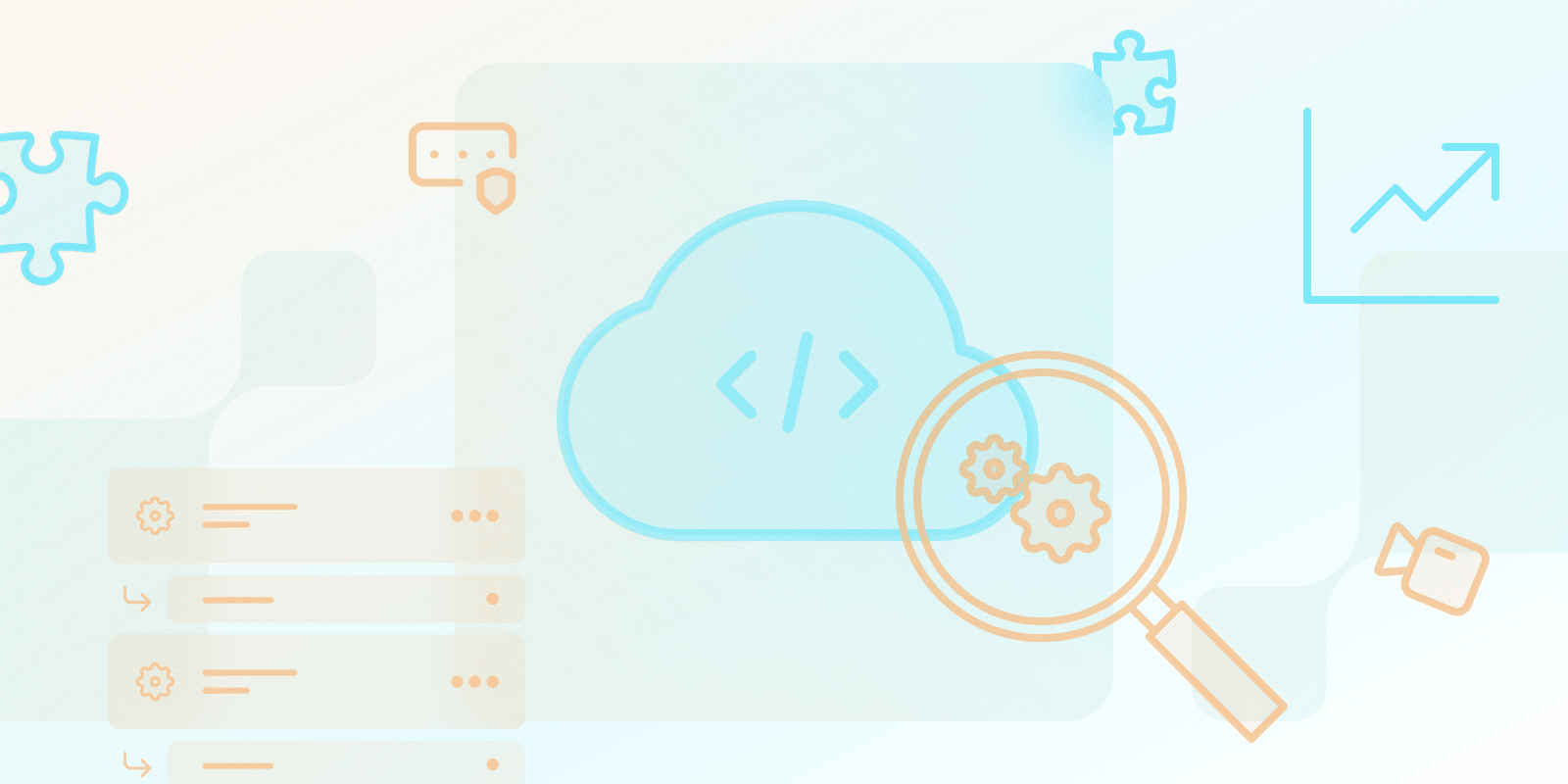Cloud Enabled Operations
What is SaaS Cloud Monitoring and Logging?

What is SaaS Cloud Monitoring and Logging?
SaaS cloud monitoring and login in DevOps is when you regularly monitor, log, and analyze your SaaS application performance. Your aim is to gain visibility on your organization’s digital infrastructure.
You should use this technique for observability and evaluation. It’s also used to manage workloads and encompass measurement.
Why is cloud monitoring crucial for businesses?
Reasons you need to monitor your cloud include:
- Understand your cloud infrastructure health and performance
- Utilize resources
- Save money if possible
- Find and solve issues before they become significant problems
Your overarching main objective is to detect and prevent security risks.
How does cloud monitoring optimize performance, resources, costs, security, and compliance?
With real-time insights in cloud monitoring, you should track multiple areas. It tracks various metrics, such as availability, costs, and resource utilization. Therefore, you should be able to find potential issues before they impact users.
You should also have more regulatory compliance by addressing security breaches and stopping leaks; make prompt and informed decisions for optimization as you react to changes.
Which cloud monitoring tools offer the best value?
Tools to consider include Amazon CloudWatch, Sumo Logic, and Site24x7. Research each of these and see if they meet your needs.
| Feature | Amazon CloudWatch | Sumo Logic | Site24x7 |
|---|---|---|---|
| Core Monitoring Capabilities | |||
| Primary Focus | AWS Cloud Infrastructure | Cloud-Agnostic Log Management | Multi-Cloud Performance Monitoring |
| Real-Time Insights | Comprehensive AWS metrics | Advanced log analytics | End-to-end performance tracking |
| Scalability & Flexibility | |||
| Cloud Platform Support | AWS-specific | Multi-cloud and hybrid environments | Multi-cloud support |
| Scalability | Native AWS auto-scaling | Flexible log volume handling | Adaptive monitoring |
| Security & Compliance | |||
| Security Features | AWS security integrations | Advanced log security | Comprehensive threat detection |
| Compliance Reporting | AWS compliance tools | Detailed log compliance | Cross-platform compliance tracking |
How does SaaS Cloud Monitoring differ from traditional server monitoring?
SaaS Cloud Monitoring differs from traditional server monitoring by adapting to the different monitoring instances that autoscaling demands. You get a complete system overview for:
- Cloud-based software
- Off-the-shelf software
- Custom SaaS apps
Whereas SaaS monitoring tools are also installed as flexible servers for scaling down, traditional server monitoring isn’t as good at this.
Use a SaaS cloud monitoring tool for cloud-based applications for an up-to-date system overview; traditional options are less competent in this area.
How does SaaS cloud logging benefit businesses?
SaaS cloud logging – also known as logging as a Service (LaaS), collects logs and analysis for cloud-based activity. It also logs and analyzes system and application ongoings.
Visibility and security are LaaS’s two primary aims. Log aggregation is centralized with analysis, so you should have a more streamlined data management protocol. Ideally, you’ll also have detailed insights – but this will depend on the data available.
LaaS is also necessary if you want to store and transmit logs in a secure manner within cloud SaaS environments (e.g. Microsoft 365).
Look for security features available and consider scalability and integration when using LaaS.
How does monitoring save costs and ensure stability, balance change, and integrity?
Here’s how monitoring influences these factors:
- Track performance indicators and identify risks to stop revenue leakage and make informative tech investments.
- Use insights for measuring performance and to influence decision-making and resource optimization. You should use these for lower costs and more stability, though it will require constant effort on your part.
- Use your monitoring in a data-driven strategy. Your objective should be to look for cost-lowering areas. For example, transport companies can use data to identify room for improvement.
Your monitoring will depend on processes like revenue cycle management, so you should focus on these beforehand.
Conclusion
Cloud monitoring and logging should feature in your DevOps strategy, and you should utilize its data to make decisions. Learn about Laas to understand your cloud infrastructure and where severe threats may put it in danger if left untreated, before optimizing accordingly.